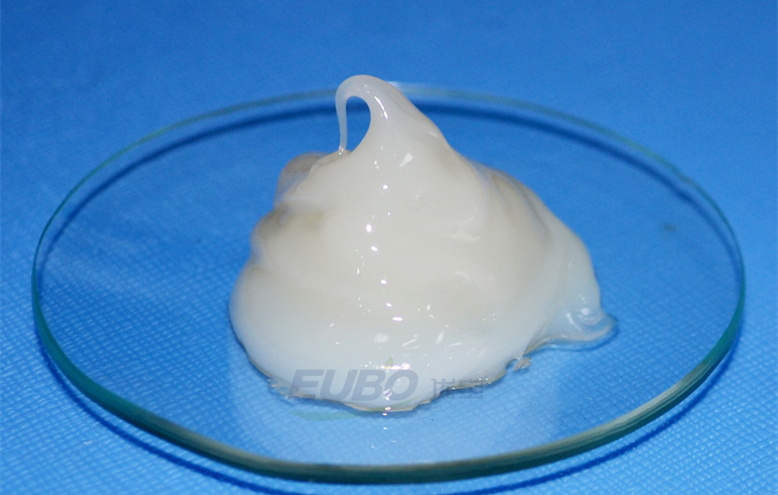1. Anti-Wear Performance Test (SH/T 0204)
Using a specialized anti-wear testing device, under a specified load, the upper steel ball rotates relative to three stationary steel balls on the lower surface, which are coated with the grease sample. After the test, the wear scar diameters on the three lower steel balls are measured. The size of the wear scars is used to evaluate the anti-wear performance of the grease.

2. Four-Ball Test Method (GB/T 3142)
In the four-ball test, grease is applied to a ball cup, and under a specified load, the upper bearing steel ball rotates at a set speed against three stationary steel balls below. After a period of operation, the wear scar diameters are measured to evaluate the extreme pressure (EP) performance of the grease.
There are three common expressions for this method: PB value, PD value, and ZMZ value:
-
PB value: The maximum load under which no seizure occurs during the test, expressed in Newtons (N).
-
PD value: The minimum load at which the rotating ball and the three fixed balls weld under the test conditions, expressed in N.
-
ZMZ value: An indicator of the grease’s resistance to extreme pressure under applied loads. During the test, the load is incrementally applied to the three stationary balls in 0.1 logarithmic units, and the first ten seizure load results are used to calculate the ZMZ value, expressed in N.
3. Timken Test
This test is performed using a Timken test machine. Grease is applied between the friction surfaces of a metal ring and steel block under a specified load and speed. After a period of operation, the wear marks on the metal balls are examined to determine the EP performance of the grease, represented by the OK value.
4. Four-Ball Extreme Pressure Test (GB/T 12583)
This method is also expressed using three indicators: PB value, PD value, and LWI value.
The extreme pressure and anti-wear performance of grease is a crucial parameter. Typically, manufacturers provide these indicators at the time of production. When purchasing, customers can select greases with appropriate EP and anti-wear properties according to their specific application requirements.